Description
By Andrew Ellis & Nigel Wiseman
Digital Goods, Ebooks
ISBN 9780912111100
484 pages
A note on our eBooks: Our eBooks use Digital Rights Management (DRM), managed by Adobe, a systematic approach to copyright protection for digital media. Our eBooks are currently compatible with the Adobe Digital Editions reader, paired with an Adobe ID. Please see the eBook help page for more information on setting up and reading your eBooks.
Your access key and instructions will be sent in a separate email, apart from your order receipt, after payment is successfully processed, usually within 24-48 hours.
This text presents a thorough view of classical acupuncture alongside the modern approach. It has several unique features that have contributed to its popularity. First, the authors have applied a precise method of translation that allows the clinical experience of both modern and classical Chinese authors to be transmitted directly. Second, the text provides the most consistent information at the lowest cost. Third, it provides a more systematic arrangement of study material.
The authors have selected the best discussions available and arranged the text in four systematic sections: Materials and Methods, Channel, Pathways, Channels and Points, and Approaches to Point Selection. The Materials selections have been adapted to Western practice. However, the techniques presented are those used by Chinese clinicians and include some not usually taught to Western beginners.
The methods of needle manipulation and stimulus management are explained in clear, step-by-step procedures. The information in the channels section describes all the channels, including the extraordinary channels, the main, internal, branch, divergent, connecting, sinew, and alternate pathways as they are currently understood in China. The pathway-by-pathway descriptions are supported by sketches that follow the Chinese sources.
Main pathologic signs, therapeutic capacities, symptoms, and TCM pattern relationships are detailed. Information provided for each point includes Chinese, Pinyin transliteration, English translation, Western alphanumeric designation, anatomical location guide, and classical location. A full set of point functions used in TCM to link diagnosis and treatment are detailed. Each function organizes the symptoms presented using TCM concepts. The classical signs and symptoms from which the modern indications and functions were derived, and primary and secondary indications and supplementary functions are also presented.
The technical information for each point includes needle stimulus, contraindications, needling depth and recommended technique, extent and duration of moxibustion. Special point groupings, such as the shu or mu points, are also included. The last section provides a systematic presentation of indications for a point. Reference tables summarize current Chinese clinical experience, emphasizing principal points and their relation to TCM treatment principles. However, the descriptions of classical methods of point selection render a dimension of information that is otherwise unavailable.
About the authors:
Nigel Wiseman, a native of the UK, studied Spanish and German at the Heriott-Watt University in Edinburgh, subsequently working as a French-English translator in Belgium while learning Chinese. He holds a doctorate in Complementary Health Sciences from Exeter University, and is the author and translator of a prodigious body of work on Chinese medicine, including such outstanding classics as Practical Dictionary of Chinese Medicine, Fundamentals of Chinese Acupuncture, Fundamentals of Chinese Medicine, Shang Han Lun Yi Shi, Chinese Medical Chinese: Grammar and Vocabulary, and Introduction to the English Terminology of Chinese Medicine. A long-time resident of Taiwan, Dr. Wiseman is currently a lecturer of Chinese medical studies at Chang Gung Medical University in Taipei.
Andrew Ellis first studied Chinese medicine with Dr. James Tin Yau So at the New England School of Acupuncture. He left New England in 1983 to study Chinese language in Taiwan and apprenticed with Chinese herbalist Xu Fu-Su there for several years. Later he studied internal medicine and gynecology at the Xiamen Hospital of Chinese medicine. While there, he also specialized in the study of acupuncture with Dr. Shi Neng-Yun and dermatology with Dr. Zhang Guang-Cai.

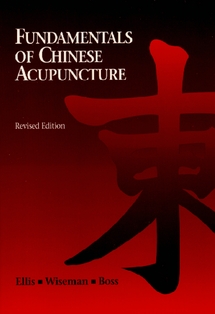

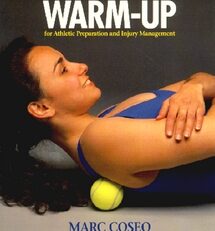
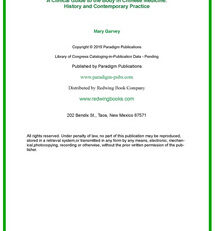
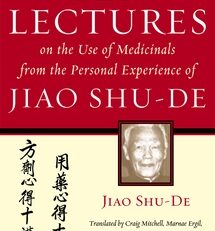
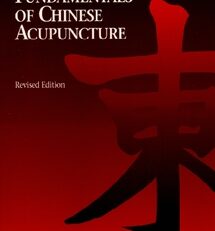
Reviews
There are no reviews yet.